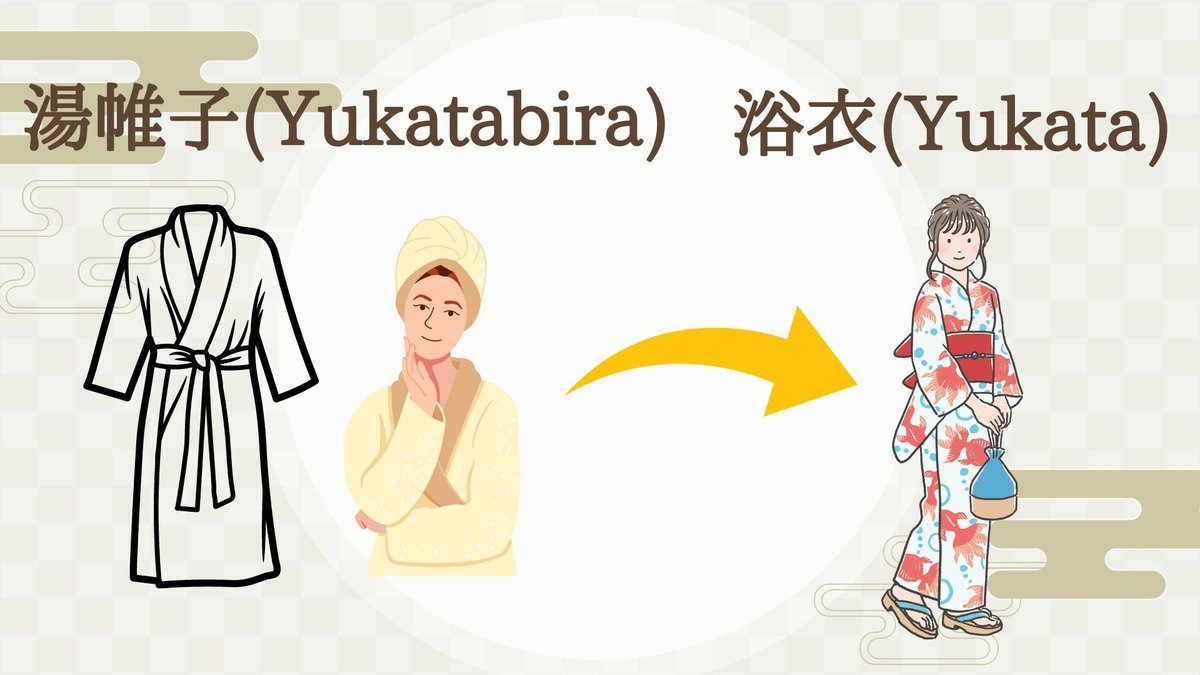
#7 The History and Culture of Kimono Part1
When it comes to clothes and fashion, I’ve always been pretty indifferent. I usually just wear whatever people recommend to me, as long as it’s cheap and comfortable. However, when I heard my students talking about how much they enjoyed wearing kimono or asked questions about kimono and yukata, I realised that, as a Japanese person, I should know more about our traditional attire. Inspired by the beautiful traditional outfits of the Peranakan and other cultures I see in Singapore, I decided to learn more about kimono and share that knowledge with others. That’s why I’m writing this article to dive into the rich history and culture of kimono and to be able to talk about it confidently with people from all over the world.
Is The Kimono A Special Garment?
In modern Japan, if you walk down the street wearing a kimono, you’re bound to turn heads. People might wonder if there’s a special event coming up or if you’re involved in some traditional cultural work. That’s how rare it has become to see someone wearing a kimono in everyday life. Yet, kimonos weren’t always this special. There was a time when people wore them as casually as we wear jeans and T-shirts today, every single day of the year. While watching historical dramas or films, it seems perfectly normal, but reading about the history of kimonos really taught me the stark contrast between the everyday wear of the past and the novelty they represent now.
A Brief History of the Kimono
The history of the kimono is incredibly long, stretching back around 1,000 years to what is known in Japan as the 平安時代(Heian period). This era predates the rise of the beloved samurai. For a long time before this, Japan was heavily influenced by the cultures and civilizations of China and the Korean Peninsula. During the 隋(Sui) and 唐(Tang) dynasties in China, Japan absorbed many cultural elements. However, as the Tang dynasty declined, Japan began to develop its unique culture, which is when the prototype of the kimono is said to have originated.
As you can see in the image below, the fashion of the time was characterised by loose, long-sleeved garments worn in multiple layers, popular among the aristocracy. Men’s attire was called "束帯(Sokutai)," while women’s attire was known as "十二単(Ju-ni hitoe)". The women's clothing, in particular, looks incredibly heavy... Wearing many layers of long-sleeved garments might have also been a symbol of power and wealth.
Of course, this style didn’t last forever. Over time, clothing became more practical; sleeves shortened, and the number of layers decreased. Eventually, the kimono evolved into what we recognise today and became common among ordinary people as well.

The Difference Between Kimono and Yukata

These are points that foreigners might find intriguing. Even though I can generally tell the difference between a kimono and a yukata at a glance, I struggled to put it into words when asked to explain it.
The differences between these two similar-looking garments can be explained in various ways: what to wear or not to wear with them, the situations in which they are worn, the main material differences, and so on. I’m not an expert, so I can’t provide an overly detailed explanation, but I’d like to share what I’ve learned about these distinctions.
The Origin of Yukata
Understanding this will make the differences clearer. The word "yukata" might not paint a picture, but when written "浴衣" in kanji, it becomes much clearer. The word for bathtub is "浴槽 (yokusou)", and taking a bath is "入浴 (nyuuyoku)". The term for garments is "衣 (koromo)". So, "浴衣 (yukata)" refers to light clothing worn when bathing or after a bath. According to one theory, yukata originated from "yukatabira," a garment worn by nobles when entering steam baths. Essentially, it was a thin, breathable garment, much like pyjamas.

The Difference in Materials Between Kimono and Yukata
It's more about the look, feel, and comfort. Kimonos are often made of silk, which is luxurious, soft to the touch, and incredibly durable. On the other hand, yukatas are typically made from cotton, linen, or polyester. These materials are easy to wash, breathable, and quick to dry, making yukatas much easier to care for.
The Differences in What You Wear with Them
There are some subtle differences, but the most noticeable one is in the footwear. With kimonos, it’s customary to wear 足袋(tabi) socks, while with yukatas, it’s common to go barefoot and wear geta sandals. Typically, socks are called "靴下(kutsushita)" in Japanese, but the traditional socks worn with kimonos are known as "足袋(tabi)".

Summary
Since I had no interest in this field before, I’m really glad I had the chance to learn about it. And it turned out to be surprisingly interesting! How about you? Did you find it fascinating as well? Next time, I’ll delve into words and niche cultures that have stemmed from kimono.
Honestly, I never used to think about the feel of different materials like wool, linen, or silk, but learning about them has sparked a new interest for me. Instead of just loving polyester because it doesn’t wrinkle after washing, I now appreciate the unique qualities of each material and enjoy my clothes even more! haha
Thank you for reading!
